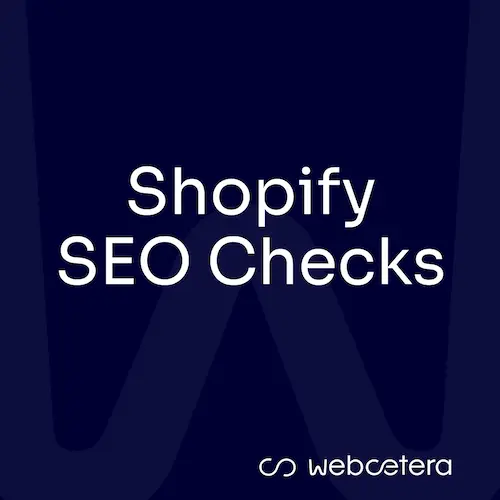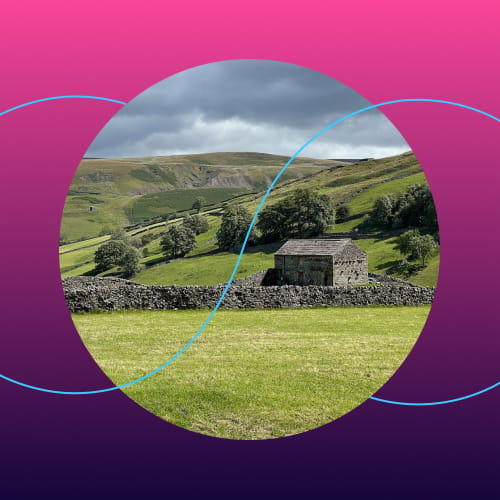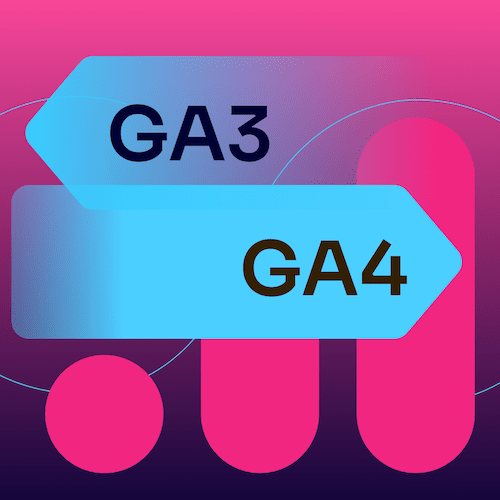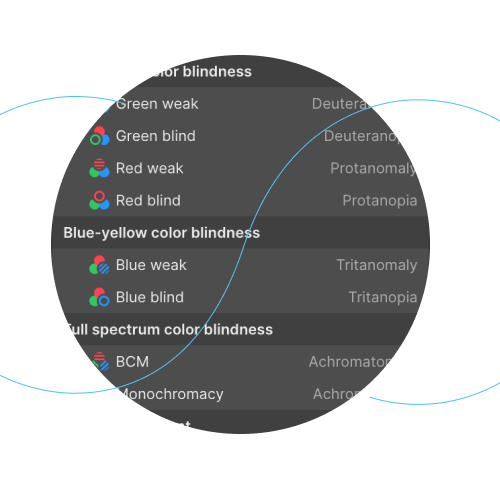In this article, we'll address the most common question that many business owners have nowadays:
Should you opt for stock images or invest in original photos to make your content more engaging and your website more visually appealing?
Stock images, readily available from image banks, offer convenience and a cost-effective solution for website owners seeking a quick visual fix. On the other hand, original images provide a touch of authenticity, showcasing your brand's identity and fostering a genuine connection with your audience. Each option comes with its set of pros and cons.
This article explores the unique advantages and disadvantages of each approach. Understanding the impact of these visuals on user engagement, brand perception, and SEO will help you make an informed decision that aligns with your website's goals.
Stock Images: Versatility and Convenience at a Cost
Stock photos are pre-existing images available on various online platforms that can be licensed for specific purposes. They offer convenience and affordability, making them a popular choice for businesses seeking immediate visual solutions.
However, the downside of stock photos lies in their lack of authenticity. While they may appear professional, they often fail to represent a brand's unique identity, products, or services.
Visitors can easily recognise these generic images, leading to a sense of detachment and mistrust. Overused stock photos can also dilute a brand's uniqueness, impacting its credibility.
The following is a list of the pros and cons of using stock images for your website.
The Pros of Using Stock Images
- Cost-Effectiveness: Stock photos are a cost-effective solution when compared to custom photographs.
- Quick Accessibility: With numerous stock photo websites, businesses can find suitable images swiftly, saving valuable time and resources.
- Wide Variety: Stock photo libraries boast an extensive range of images, covering various themes and concepts, enabling businesses to find pictures relevant to their content quickly.
- Versatility: Stock images are often a convenient choice as marketers can utilise them across different marketing channels. This includes social media, blog posts, and email campaigns.
- Professional Quality: Many stock photos are professionally shot and edited, offering a polished and visually appealing touch to the website.
The Cons of Using Stock Images
- Lack of Authenticity: Generic stock photos fail to connect with users on a personal level, impacting trust and brand credibility.
- User Experience Impact: Impersonal stock images may not engage users effectively, leading to a subpar user experience.
- SEO Considerations: Original and unique images tend to perform better in search rankings, while stock images are sometimes de-ranked for their lack of authenticity.
- Legal Risks: Some stock photos may have licensing restrictions, and using them without proper rights can put you at risk of potential lawsuits or legal issues.
Original Images: Building Trust and Elevating User Experience
Captured by a professional photographer or taken in-house, original images showcase a brand's real products, services, team, and office culture. They give a more authentic and personalised touch to a website which builds trust and connection with the audience.
Opting for original photography can significantly improve user experience and SEO, reinforcing a brand's identity. Original photos also enhance user engagement, as the audience resonates with real visuals that evoke emotions and tell a brand's unique story.
These images allow businesses to stand out from the competition. While they may require more investment in terms of time and money, the benefits of original photos outweigh the costs.
Here are some pros and cons of using original images for your website.
The Pros of Using Original Images
- Trust-Building: Authentic images of your team, products, and workspace establishes transparency and trust with your audience.
- Enhanced User Experience: Original images evoke emotions and captivate users, increasing engagement and a positive user experience.
- SEO Potential: Although original images may not have a direct impact on web search rankings, they can significantly enhance rankings in image-focused areas like Google Knowledge Panels and Image Search.
- Brand Consistency: Original photography aligns with a brand's story and values, maintaining consistency and reinforcing brand identity.
The Cons of Using Original Images
- Cost and Time-Consuming: Hiring a professional photographer and conducting a photo shoot can be expensive and time-consuming, especially for businesses with tight budgets.
- Skill Requirement: Capturing high-quality original images demands photography skills and equipment, which not all businesses may possess.
- Customisation Challenges: Crafting images that align perfectly with a brand's aesthetics and messaging requires careful planning and execution.
The Impact of Images on SEO
Images have the power to enhance user engagement, improve user experience, and indirectly influence search engine rankings. When it comes to using stock photos or original photos on your website, this impact becomes even more pronounced.
Stock photos, while convenient and cost-effective, may not provide the same SEO benefits as original images. Search engines, including Google, prioritise unique and valuable content in their rankings. Since stock images are often used across multiple websites, they may not stand out in image search results, potentially leading to lower visibility and reduced organic traffic.
On the other hand, original photos that accurately depict your brand, products, and team help build trust with users and foster a stronger connection. Search engines recognise this authenticity and may reward websites with original images by featuring them prominently in image search results.
Google's Perspective on Original Images
According to Google's John Mueller, original images may indirectly impact website rankings in specific areas, such as Google Knowledge Panels and Google Image Search. While textual content remains the primary driver of search rankings, unique images can push a website forward in search results, especially when they are different from stock photos used across multiple sites.
On the other hand, Google recognises that images on a website must be relevant and authentic to enhance user experience. Using the same stock photo that appears on numerous sites can negatively affect the website's ranking, as Google aims to provide unique and valuable content to its users.
Conclusion
In the end, whether you use stock photos or original images depends on you and your business’s unique needs. If you have a limited budget and you want a quick, affordable solution to make your content more engaging, it’s better to use stock photos. However, if you don’t have any budget constraints and want more personalised visual content for your website, it’s best to opt for original images.
While stock images offer quick solutions, investing in original photography can create a powerful impact on user experience, brand authenticity, and potential SEO benefits. It all depends on what stage your business is at and how comfortable you are spending more money on your content.
The ideal approach involves striking a balance between stock photos and original images to cater to a website's specific needs, budget, and brand identity. Utilising stock images for non-critical areas and incorporating original images for vital aspects of a website can yield a harmonious visual content strategy.
Get in touch to learn more about our visual marketing strategies.




























